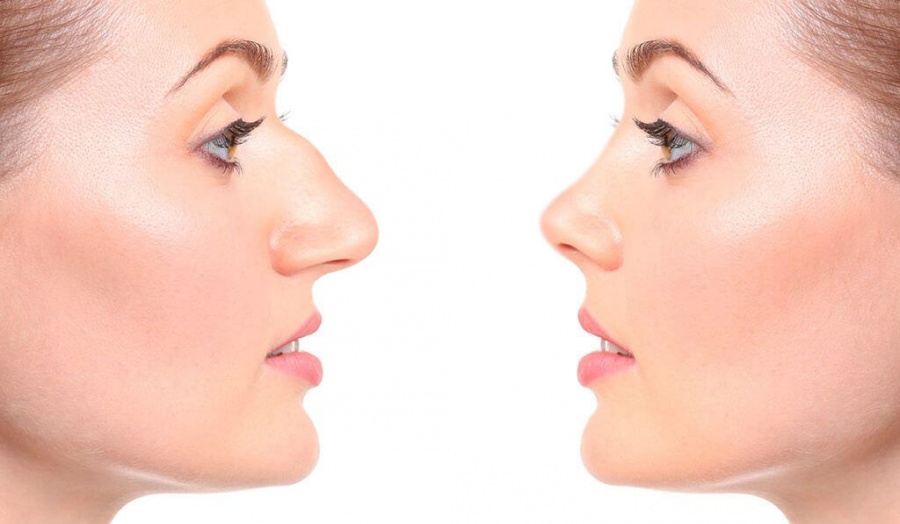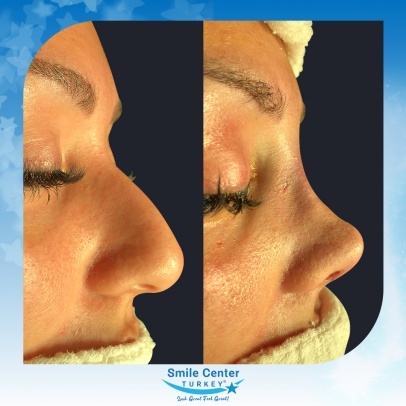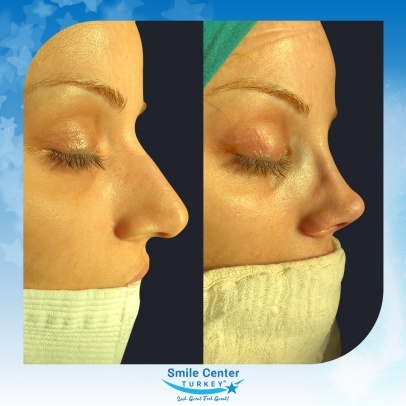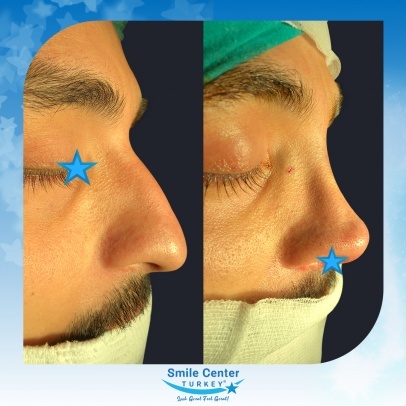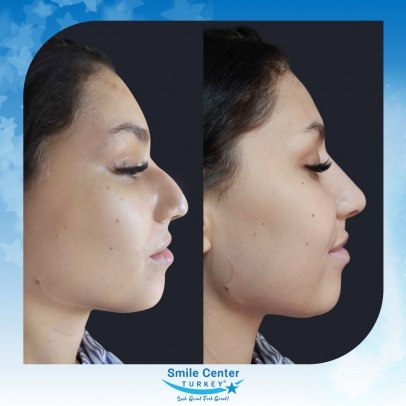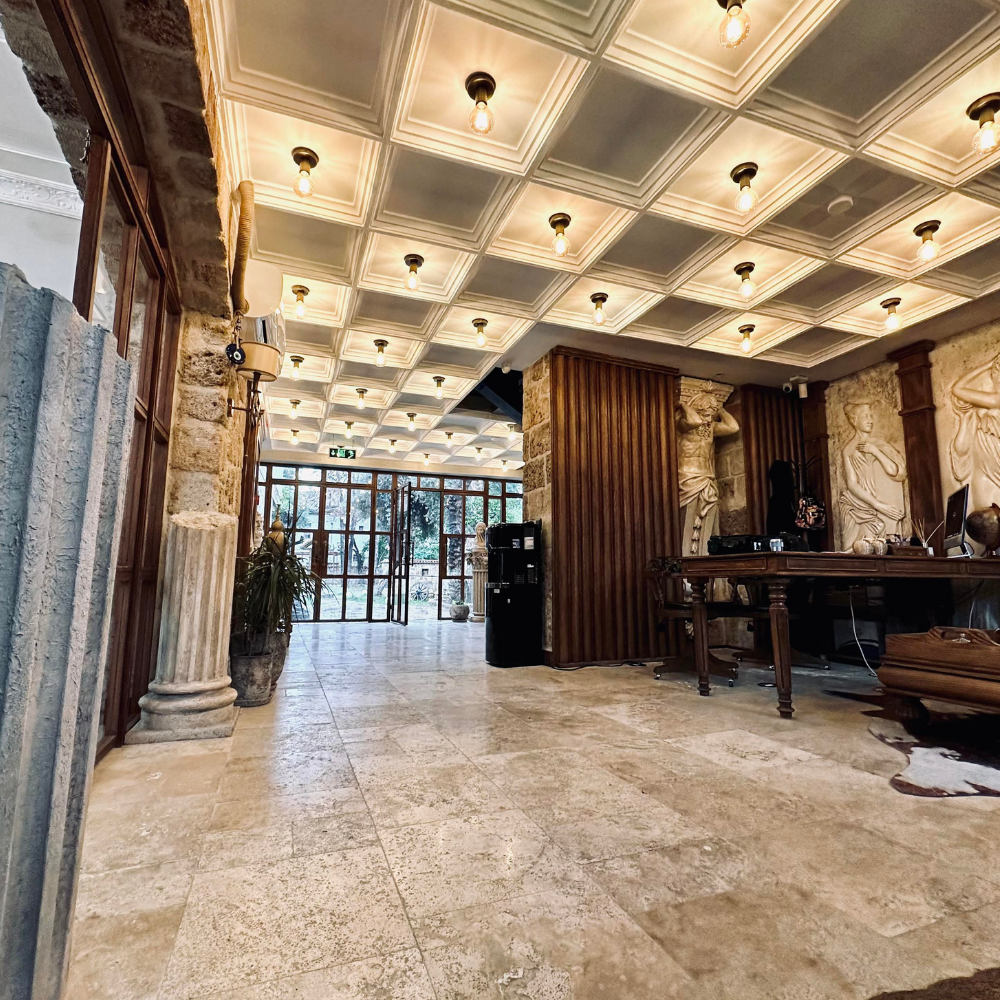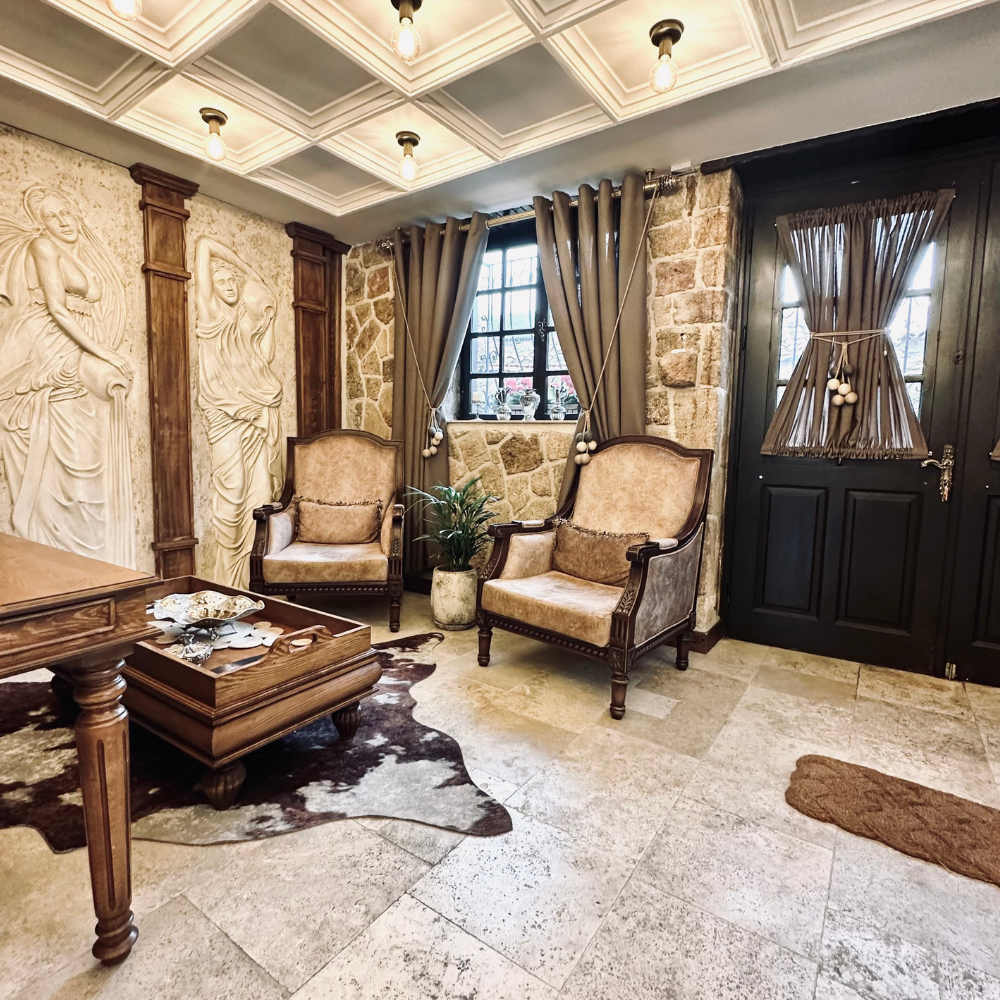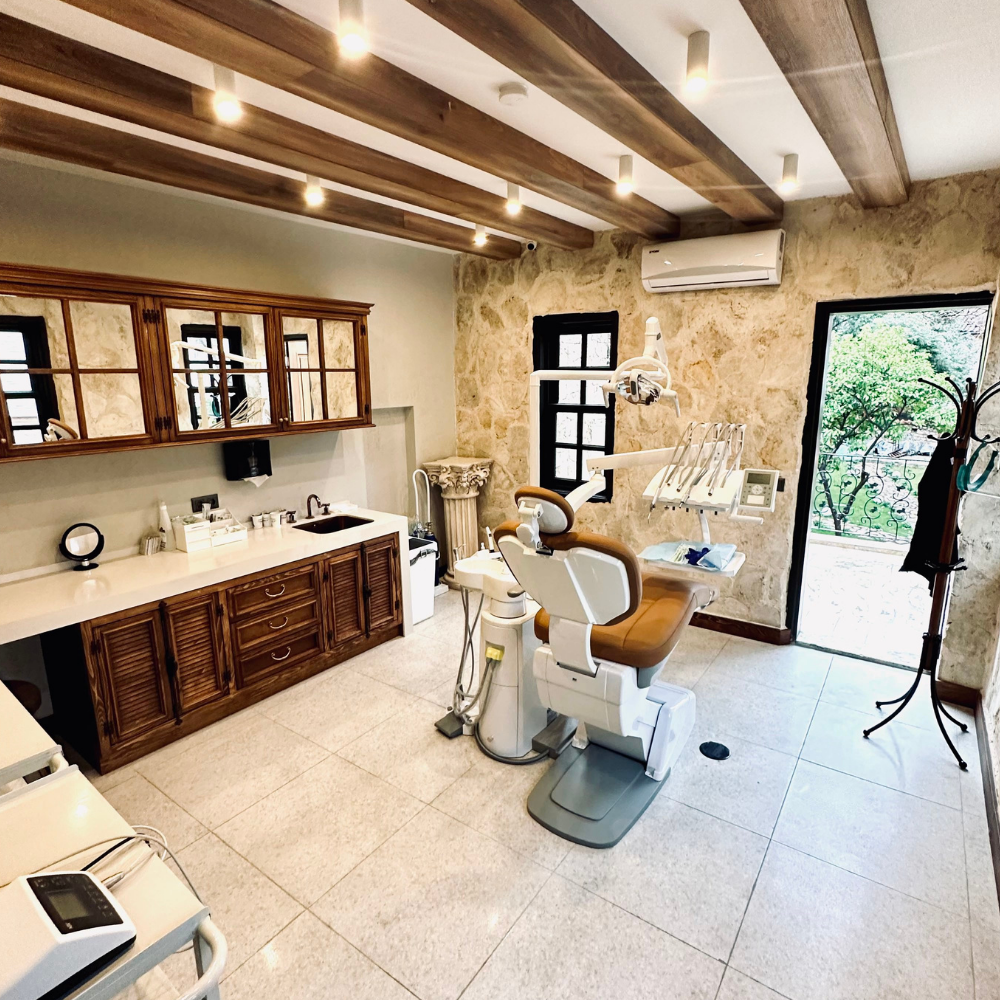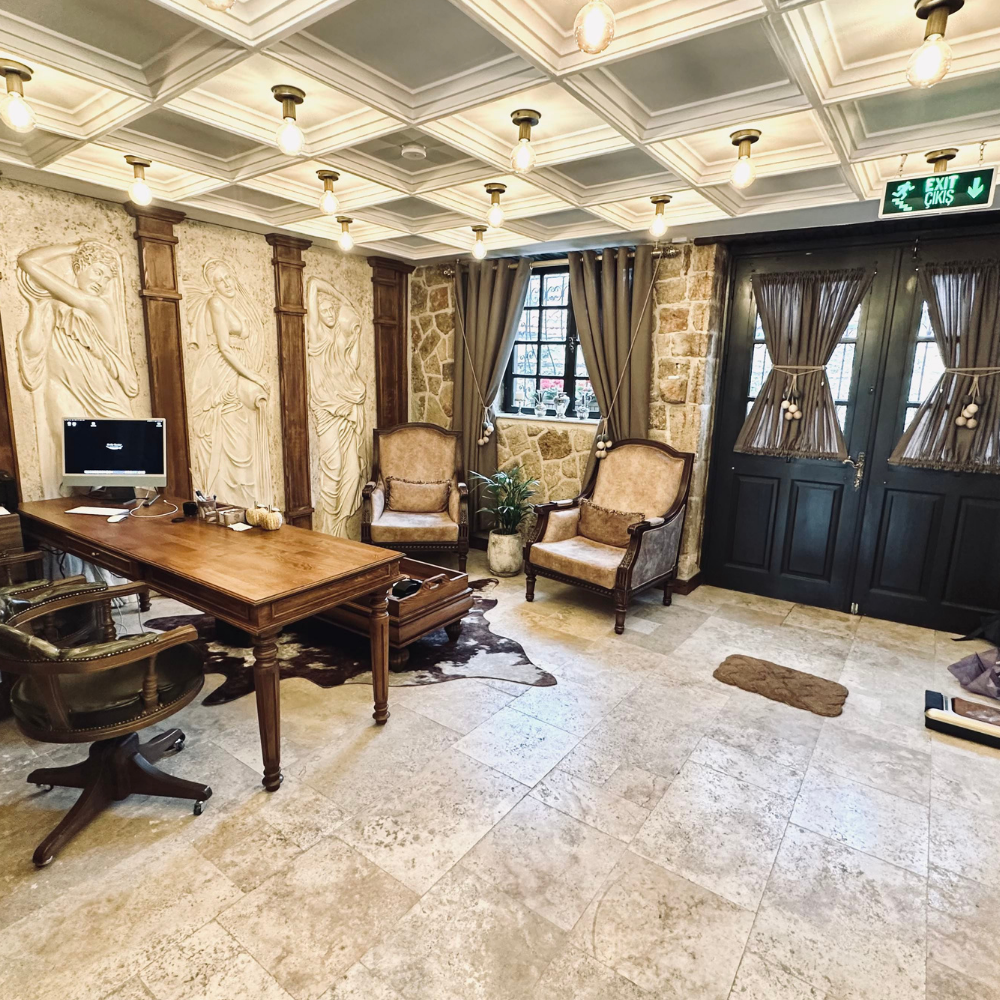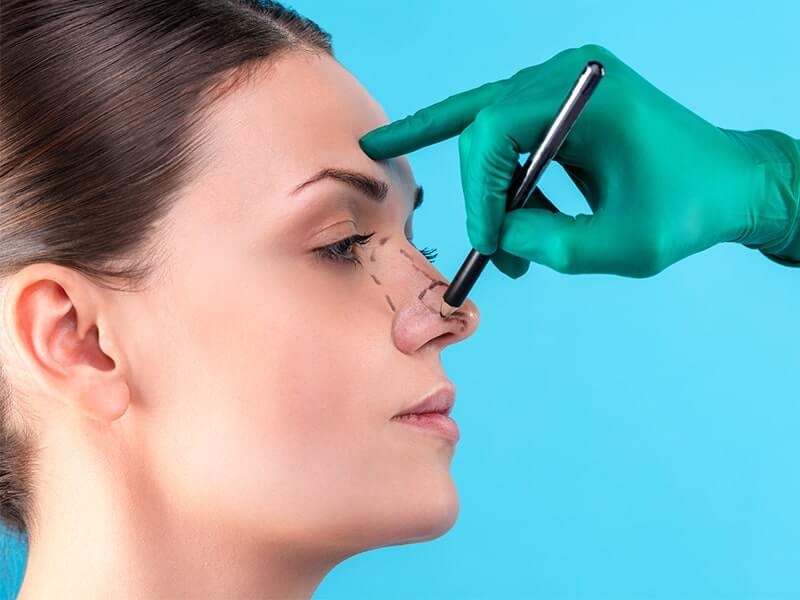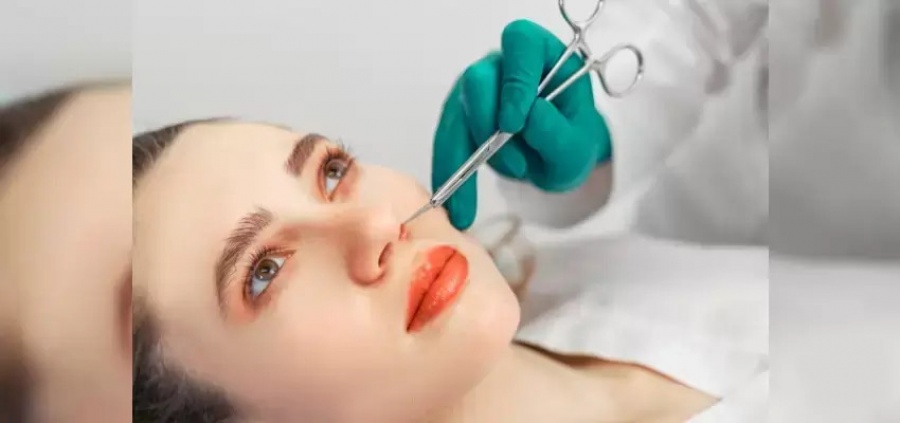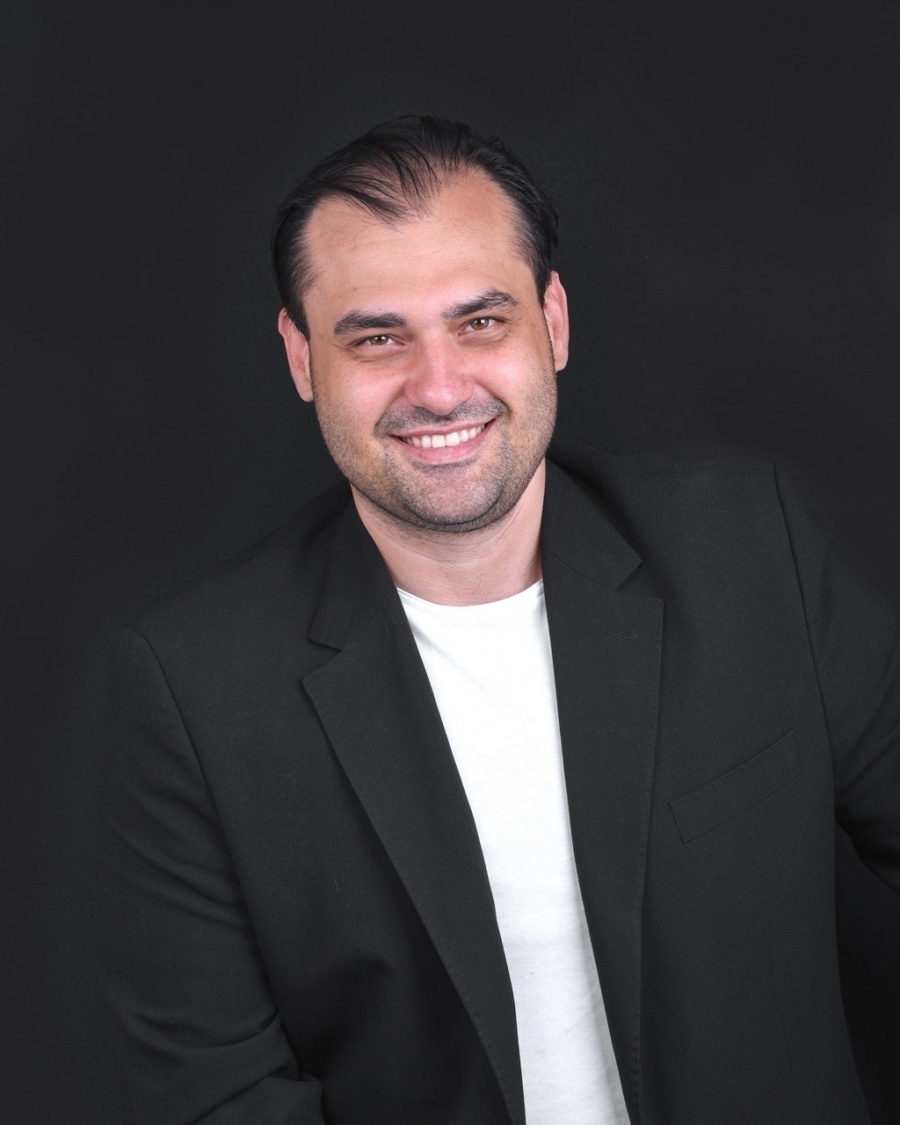Rhinoplasty Turkey
Rhinoplasty is a surgical procedure designed to alter the shape of the nose, with goals ranging from enhancing its appearance to improving breathing function. The nose comprises bone in its upper part and cartilage in the lower section, and rhinoplasty can involve changes to bone, cartilage, skin, or a combination of these elements. It's important to discuss your specific goals and whether rhinoplasty is suitable for you with your surgeon.
When planning the procedure, factors such as your other facial features, the condition of the skin on your nose, and your desired changes are taken into consideration. Your surgeon will work with you to create a personalized plan that aligns with your objectives. Whether you seek aesthetic enhancements or functional improvements, rhinoplasty aims to achieve the desired outcome while maintaining harmony with your overall facial structure.

